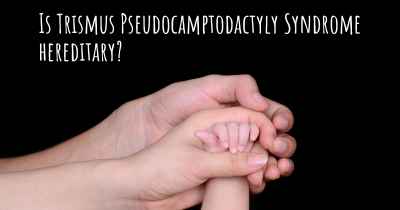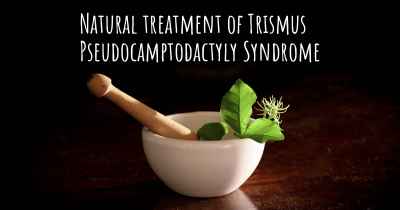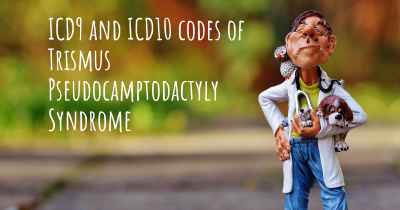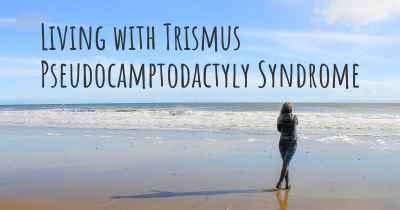What is the prevalence of Trismus Pseudocamptodactyly Syndrome?
How many people does Trismus Pseudocamptodactyly Syndrome affect? Does it have the same prevalence in men and women? And in the different countries?
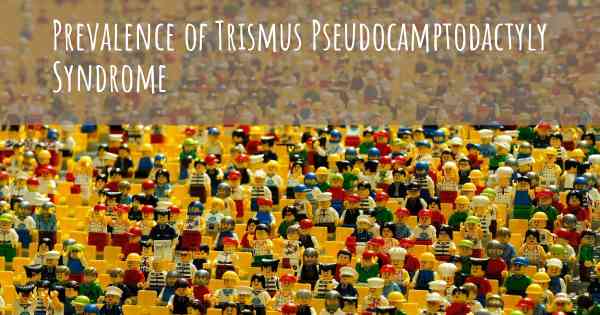
Trismus Pseudocamptodactyly Syndrome is an extremely rare genetic disorder characterized by restricted mouth opening (trismus) and fixed flexion deformity of the fingers (pseudocamptodactyly). The exact prevalence of this syndrome is unknown due to its rarity, but only a few cases have been reported in medical literature. It is believed to be an autosomal dominant condition, meaning that a person with the syndrome has a 50% chance of passing it on to their children. Further research is needed to determine the true prevalence and better understand this syndrome.
Trismus Pseudocamptodactyly Syndrome is an extremely rare genetic disorder characterized by a combination of symptoms affecting the jaw and fingers. Due to its rarity, there is limited information available regarding its prevalence. The syndrome was first described in 1996 and since then, only a few cases have been reported in medical literature.
The exact number of individuals affected by Trismus Pseudocamptodactyly Syndrome is unknown, making it challenging to determine its prevalence accurately. However, based on the available data, it can be inferred that this syndrome is exceptionally rare. The limited number of reported cases suggests that it is a very uncommon condition.
Trismus Pseudocamptodactyly Syndrome is characterized by restricted mouth opening (trismus) and abnormal flexion of the fingers (pseudocamptodactyly). These symptoms can vary in severity among affected individuals. The genetic cause of this syndrome is not yet fully understood, further contributing to the scarcity of information.
Given the rarity of Trismus Pseudocamptodactyly Syndrome, it is crucial for healthcare professionals to collaborate and share information to enhance understanding and support affected individuals and their families.


